A painful chapter in Ireland's history is finally being confronted as excavation work begins at the former St. Mary's Mother and Baby Home in Tuam, County Galway. The painstaking process, anticipated to last two years, aims to recover the remains of 796 infants believed to have been buried in a disused septic tank on the grounds, some of whom may now be identified and given a proper burial after decades hidden in an unmarked mass grave.
The commencement of digging marks a significant milestone, more than a decade after historian Catherine Corless first brought to light the shocking secrets of the institution, run by the Bon Secours Sisters, a Catholic religious order. In 2014, Ms. Corless discovered a stark absence of burial records for hundreds of infants and young children who died at the home between 1925 and 1961. Her investigation was prompted by local accounts, including one from the 1970s where two boys discovered bones after lifting a broken concrete slab near a children's playground. Mary Moriarty, a local resident, tragically described seeing "hundreds of 'little bundles,' wrapped in cloths that had gone black from rot and damp, and were 'packed one after the other, in rows up to the ceiling'" inside the hole.
Authorities initially dismissed the findings, attributing the remains to the Irish Famine of the 1840s when the site was a workhouse. However, a 2017 Irish government investigation, spurred by Ms. Corless’s persistent advocacy, definitively confirmed the presence of "significant quantities of human remains" in a test excavation. These remains were unequivocally identified as children, ranging from approximately 35 foetal weeks to two or three years old, dispelling the famine-era theory. The grim reality emerged: a baby died at Tuam on average every two weeks, buried without coffins, one on top of the other, in a 9-foot-deep underground septic tank.
"There was no will to do anything for those babies except leave them there and put a monument over them," Ms. Corless stated last week as families and survivors visited the site. "But this was a sewer system, and I couldn’t give up on them. They were all baptised; they deserve to be in consecrated ground."
The tragedy at Tuam prompted a major commission, which subsequently revealed that an estimated 9,000 children died in similar homes across Ireland throughout the 20th century. In 2021, then-Irish premier Micheál Martin issued a profound apology, acknowledging "the most striking thing is the shame felt by women who became pregnant outside of marriage and the stigma that was so cruelly attached to their children." He added, "I apologise for the profound generational wrong visited upon Irish mothers and their children who ended up in a mother and baby home or a county home. As the commission says plainly, ‘They should not have been there.’" The Bon Secours Sisters also offered a "profound apology," admitting their failure to "protect the inherent dignity" of the women and children in the Tuam home.
Among those who visited the site before the excavation was Anna Corrigan, 68, who discovered her two older brothers were born at the Tuam home while her mother was a resident. "These children were denied every human right in their lifetime, as were their mothers," she asserted. "They were denied dignity – and they were denied dignity and respect in death. So I’m hoping that today maybe will be the start of hearing them because I think they’ve been crying for an awful long time to be heard."
Through her family history research, Ms. Corrigan learned her mother gave birth to John Desmond Dolan in February 1946 and William Joseph Dolan in May 1950. John, a healthy 8lb 9oz at birth, died at just 14 months, with his death certificate citing measles and an unsettling note claiming he was a "congenital idiot" and "emaciated." John is listed among the 796 infants uncovered by Ms. Corless's research. William's fate is even more ambiguous, with only a nun's file note stating: "Dead 3rd February 1951." Ms. Corrigan told The Sunday Times, "I just want truth or answers or closure, if they are in that pit, at least I can [engrave] on my mother’s headstones, ‘pre-deceased by her two sons John and William’. It’s truth, closure, finality, answers."
PJ Haverty, 73, separated from his birth mother at age one and raised at the home until he was seven, described it as a "prison." He recounted being shunned and treated like "dirt." "We had to go 10 minutes late and leave 10 minutes early, because they didn’t want us talking to the other kids," he recalled. "Even at break-time in the school, we weren’t allowed to play with them – we were cordoned off. You were dirt from the street."
The excavation is being undertaken by the Office of the Director of Authorised Intervention, Tuam (ODAIT), and will involve exhumation, analysis, potential identification, and re-interment of the remains at the site. Daniel MacSweeney, ODAIT leader, affirmed that the excavation will adhere to international best practices for forensic standards. The complex process will involve recovering all remains, separating "mixed up" skeletal specimens by age, and using methods to assess sex. Crucially, the team hopes to identify some of the children through DNA provided by families and other existing records, and where possible, establish the cause of death. This monumental undertaking represents a vital step towards accountability, healing, and honoring the memory of those lost.
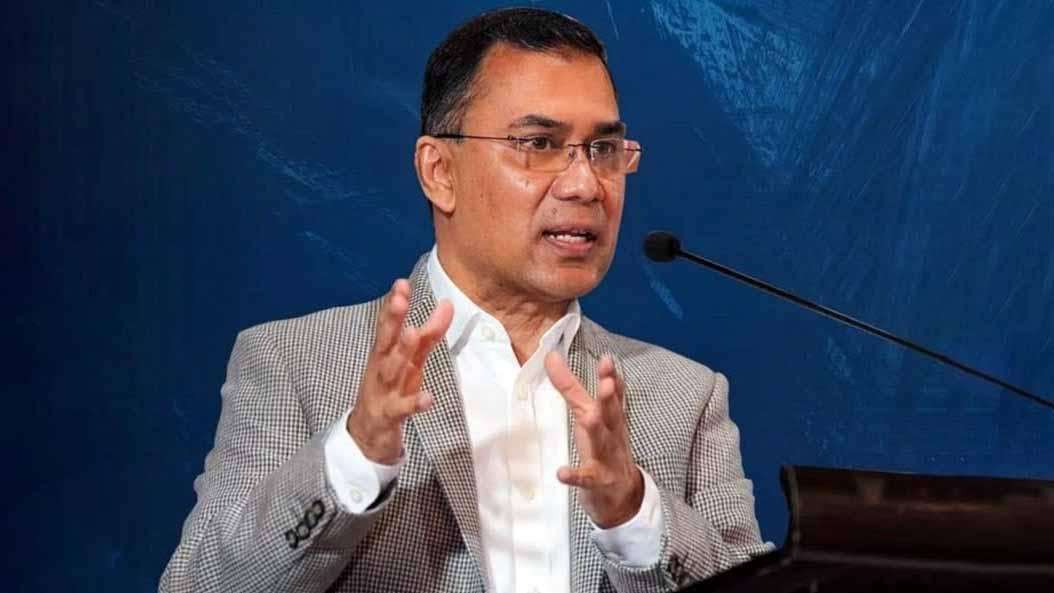
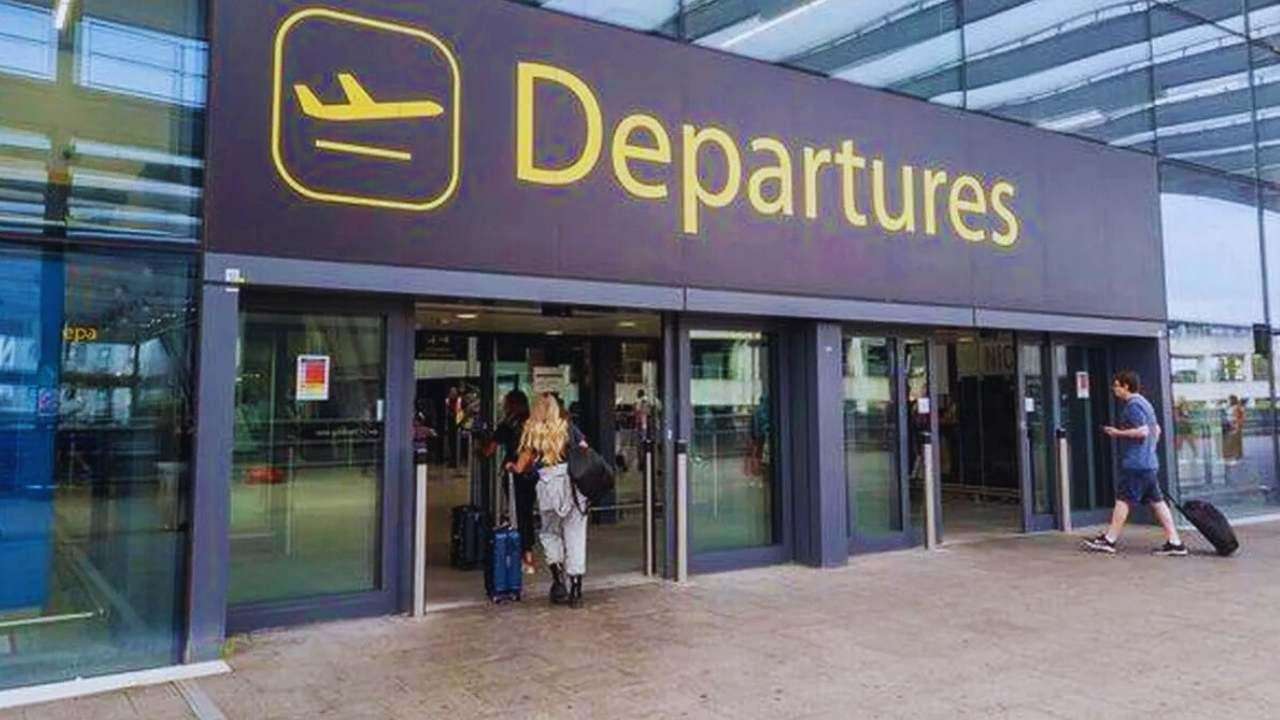
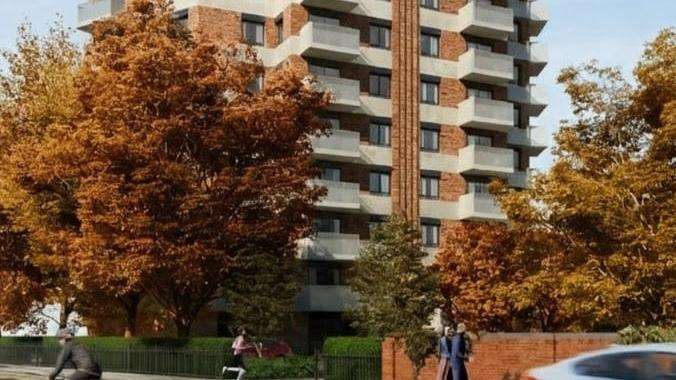
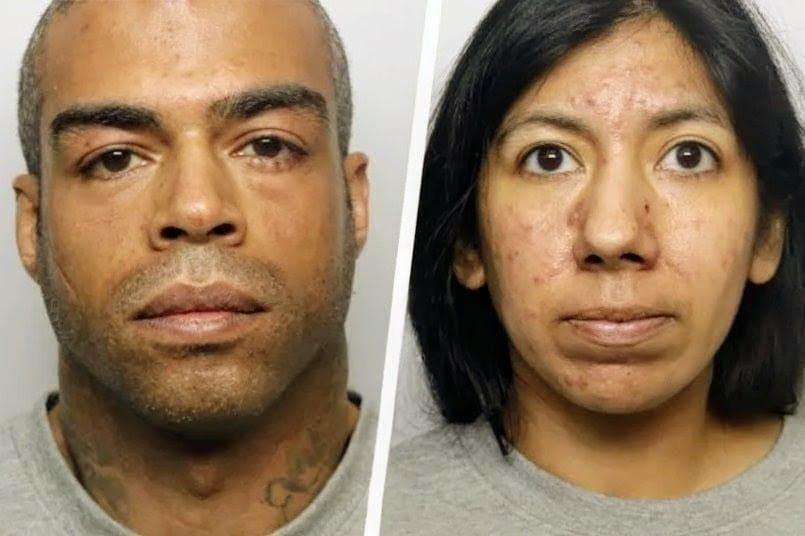
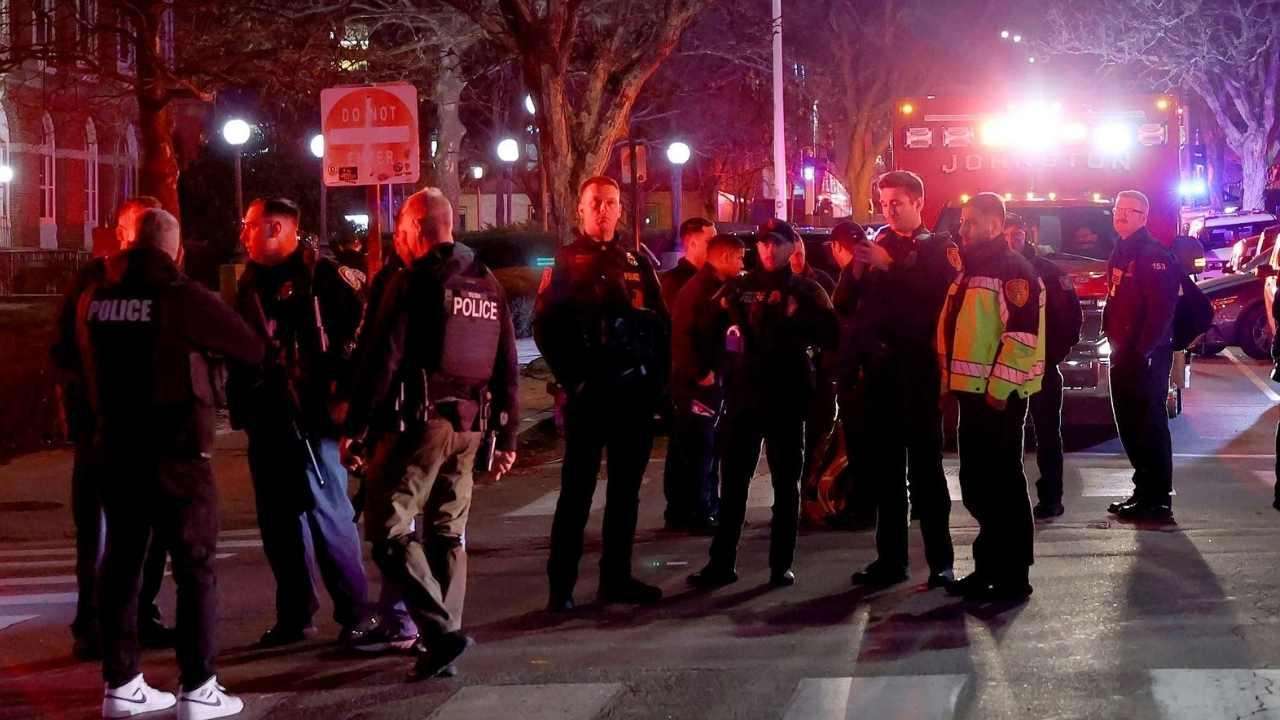


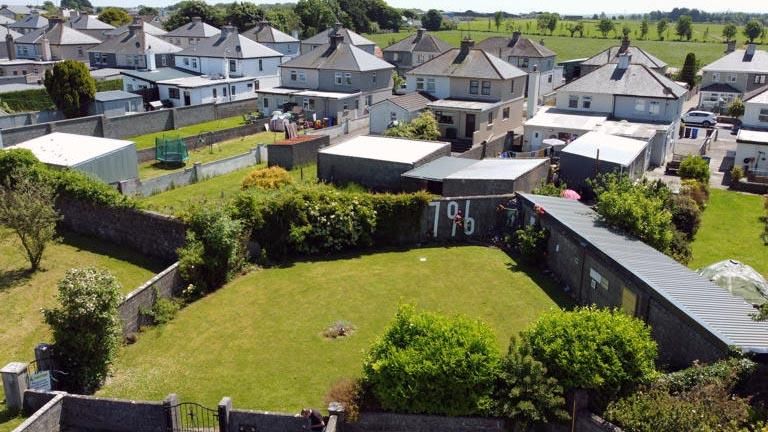
.svg)

_1.jpg)
_1.jpg)